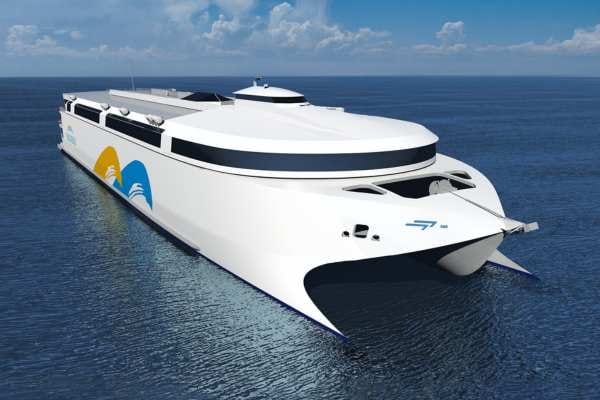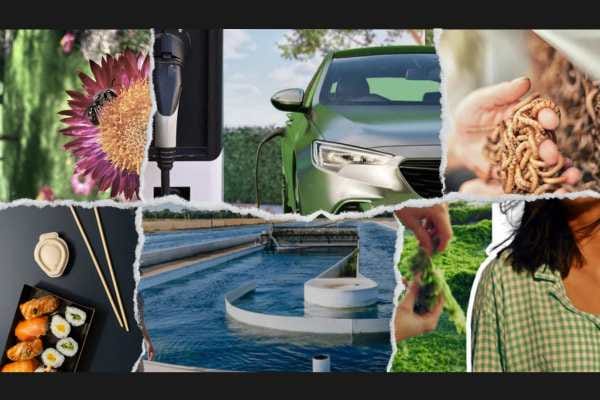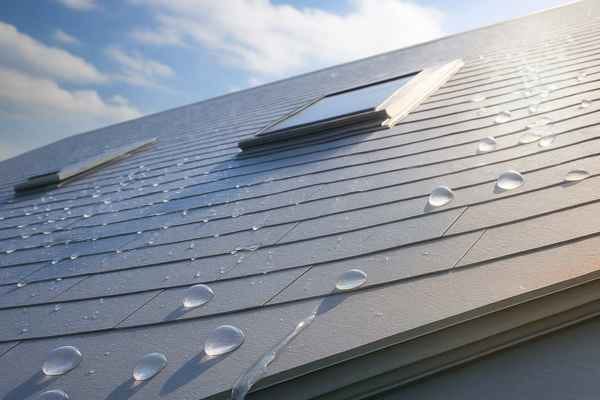The world’s biggest electric ship
Could this Tasmanian-built battery powered electric ferry change the face of maritime transport?

Launching today from a Hobart shipyard, the Hull 096 will mark a significant milestone for sustainable transport.
The 130-metre-long vessel was built by Incat Tasmania and commissioned by South American ferry company Buquebus. It's designed to carry more than 2,100 passengers and 226 vehicles between Argentina and Uruguay, powered entirely by electricity.
With a 40-megawatt battery system – four times larger than any other ship to date – Hull 096 also becomes the largest electric vehicle of any kind ever constructed.
According to the World Economic Forum, shipping accounts for around 3% of global emissions and pressure is mounting on the sector industry to find ways to decarbonise.
The zero-emission design of Hull 096 was developed by Incat in collaboration with Buquebus, a long-term customer that operates fast ferries between Uruguay and Argentina. Construction began in Tasmania in response to Buquebus’ goal of operating a fully electric ferry.
"We have been building boats for more than 40 years, but this is the most important launch in Incat’s history by far.”
“We have been building boats for more than 40 years, but this is the most important launch in Incat’s history by far,” Incat Chairman Robert Clifford said. “Hull 096 is more than just a vessel – it’s a turning point for the maritime industry.”
The ship will operate on the River Plate, a heavily used ferry route in South America, in what Clifford calls a “defining moment, not just for Incat, but for Tasmania, for Australia, and for sustainable transport worldwide”.
The vessel’s construction has been underway in Hobart where Incat’s shipyard has installed its propulsion system and prepared for the final stages of the interior fit-out, including what is being billed as the largest retail shopping area ever built on a ferry – at 2,300 square metres.
Incat says other key engineering milestones include the use of lightweight aluminium in construction, which substantially boosts its energy efficiency, and cutting-edge propulsion and energy storage systems.
Final works to continue after today’s launch include installation of the battery and completion of the boat's interior, with sea trials on the River Derwent and final delivery of the vessel scheduled for later this year, the shipbuilder said.
Hull 096 is a 130m WPC (wave-piercing catamaran) vessel that's been designed to transport vehicles and passengers using a battery-electric propulsion system. This is powered by a 40-megawatt energy storage unit – the largest installed on a vessel to date. The batteries power a series of E-motors which drive the water jet propulsion system. The vessel is constructed from marine grade aluminium as the lighter weight requires less power for propulsion compared with more traditional steel.





